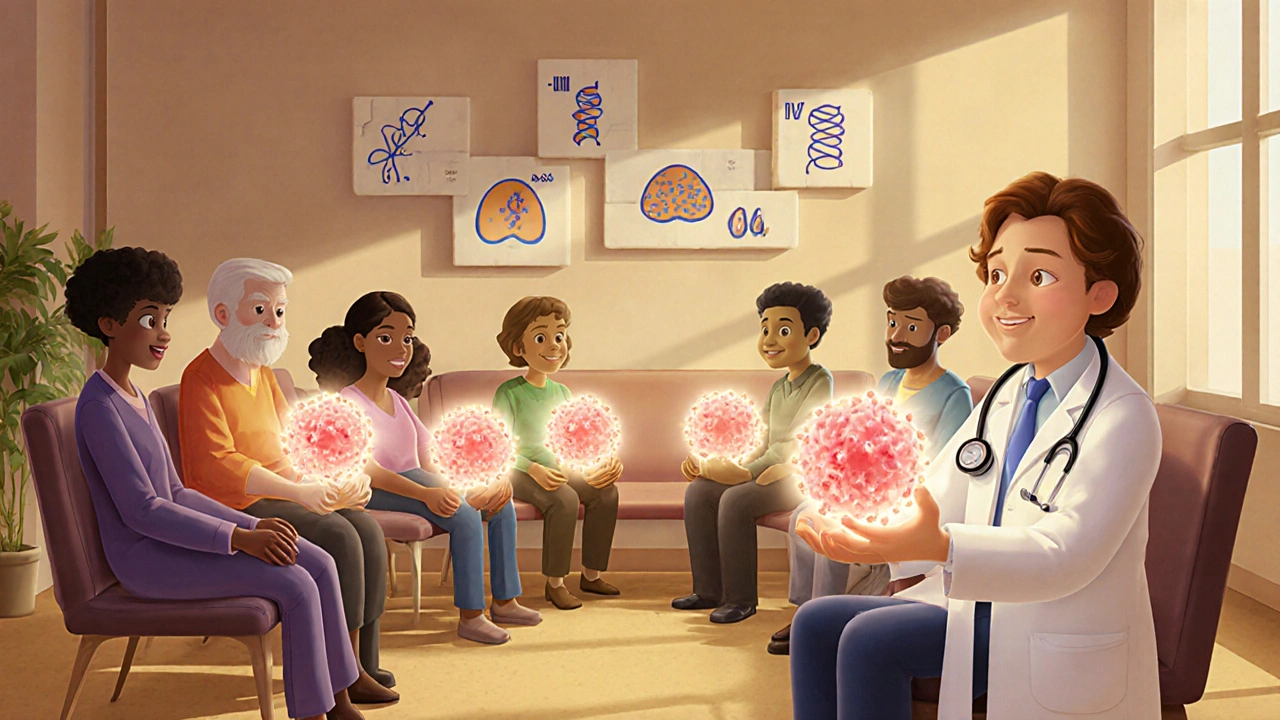
When you’re facing a cancer diagnosis, the thought of trying something new can feel overwhelming. But what if the next big breakthrough in treatment is already being tested - and you could be part of it? Cancer clinical trials aren’t just for people with no other options. They’re a structured, carefully monitored way to access cutting-edge therapies, often with more attention and care than standard treatment. And the system behind them - the phases - exists to protect you while finding what works.
How Cancer Clinical Trials Are Built: The Four Main Phases
Clinical trials don’t jump from a lab to your doctor’s office. They follow a strict, step-by-step path called phases. Each phase answers a different question, and you can’t move to the next one until the previous one is complete. This isn’t bureaucracy - it’s safety.
Phase I trials are the first time a new treatment is tested in people. Usually, only 15 to 80 patients join. The goal? Find out if it’s safe, what side effects show up, and how much you can take without causing serious harm. Doses start tiny and go up slowly. If the first few people handle it okay, the next group gets a little more. It’s like testing a new ladder rung by rung. Most Phase I trials last a few months.
Phase II trials focus on whether the treatment actually works against a specific type of cancer. Around 25 to 100 people join, all with the same cancer type. Researchers watch for signs like tumors shrinking or slowing down. This phase doesn’t compare the new treatment to the current standard - it just asks: Does this do anything? About half of all treatments that enter Phase II fail to move forward because they don’t work well enough or cause too many side effects.
Phase III trials are the big ones. Hundreds or even thousands of people join, often across multiple hospitals and countries. Here, the new treatment is directly compared to the current best standard treatment. You might get the new drug, or you might get what’s already approved - you won’t know which. This is called randomization. These trials can take one to four years. If the new treatment proves better - whether it extends life, reduces side effects, or improves quality of life - it can be approved by the FDA.
Phase IV happens after the treatment is already on the market. Thousands of patients take it in real life, not under strict trial rules. Researchers watch for rare side effects that only show up over time or in large groups. They also study how best to use it - who benefits most, when to give it, and how it works with other drugs. This phase can last for decades.
What About Phase 0? It’s Not for Everyone
Phase 0 trials are a newer, smaller step. Only 10 to 15 people take part. Instead of trying to treat cancer, researchers use tiny, non-therapeutic doses to see if the drug even reaches the tumor and how the body breaks it down. Think of it as a quick test drive before committing to a full road trip. These trials are mostly for drugs that show promise in labs but haven’t been tested in humans yet. They’re not meant to help the patient directly - but they help scientists decide if it’s worth pursuing further.
Why Join a Clinical Trial? The Real Benefits
People join clinical trials for different reasons. Some are out of options. Others want to try something new. But the benefits go beyond just the treatment itself.
First, you get more attention. In a trial, you’re watched closely. Blood tests, scans, and check-ins happen more often than in regular care. A 2022 survey of over 1,200 trial participants found that 78% felt their care team was more attentive to side effects and symptoms. That means problems are caught early - and handled faster.
Second, you might get access to a treatment not available anywhere else. One patient with stage 4 melanoma joined a Phase II immunotherapy trial after standard treatments stopped working. Three years later, she’s cancer-free. That’s not common - but it happens. Trials are where breakthroughs are born.
Third, you’re helping others. Eighty-five percent of trial participants in one study said knowing their participation could help future patients gave them a sense of purpose. It’s not just about you - it’s about the next person who gets diagnosed.
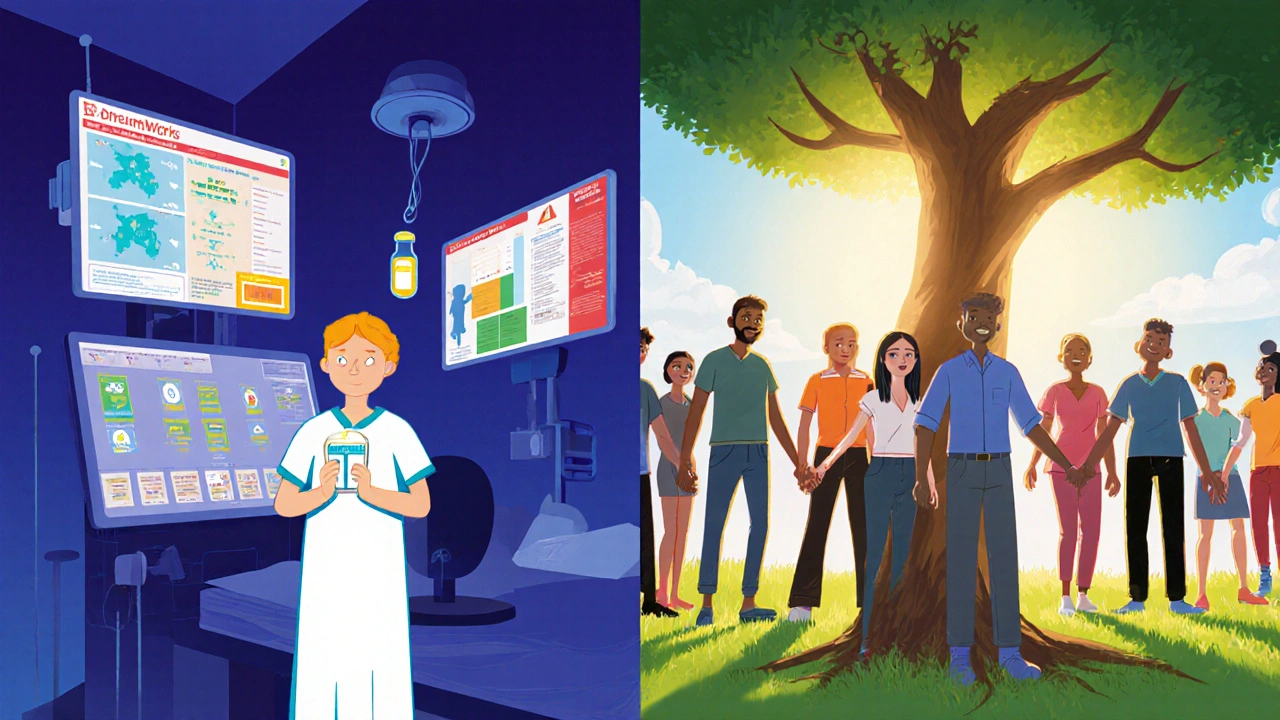
The Other Side: Challenges and Real Talk
Joining a trial isn’t easy. It comes with real hurdles.
Travel is a big one. Many trials require you to visit the same hospital every few weeks. One participant on a cancer forum said driving three hours each way for appointments while feeling sick from treatment was exhausting. Transportation is the top logistical problem for trial participants - cited by 37% in one survey.
Eligibility is strict. The average trial has 28 rules about who can join. Things like age, previous treatments, lab results, or even other health conditions can disqualify you. That’s why only 3 to 5% of adult cancer patients in the U.S. ever join a trial - even though studies suggest 20% could be eligible.
Randomization can be scary. You might get the new drug… or you might get the standard treatment. That uncertainty makes some people walk away. But here’s the truth: You’re not being used as a guinea pig. You’re getting at least the best-known care - and maybe something better.
And yes, side effects happen. In Phase I, you might be among the first to feel something new. But the team is ready. They’re watching for it. That’s why these trials exist - to find the risks before they reach the public.
What You Need to Know Before You Say Yes
If you’re thinking about joining, start with questions. Ask your oncologist if any trials match your cancer type and stage. Then, meet with the research team. Most centers now offer patient navigators - real people who help you understand the trial, paperwork, costs, and logistics. They’re available at 78% of NCI-designated cancer centers.
Learn the terms: placebo (a fake treatment), randomization (being assigned by chance), blinding (not knowing which treatment you get). You’ll hear them a lot. Most major centers now give out clear, simple educational materials - developed by the National Cancer Institute - to help you understand what you’re signing up for.
Costs are another concern. The trial sponsor usually pays for the experimental treatment and extra tests. But routine care - like blood work or scans you’d get anyway - might still be billed to your insurance. Always ask for a written breakdown of what’s covered and what’s not.
Who Runs These Trials? The Big Players
Clinical trials aren’t just run by drug companies. About 40% are funded by pharmaceutical firms. Another 35% come from academic research groups - like university hospitals and cancer centers. And 25% are government-funded, mostly through the National Cancer Institute.
The FDA doesn’t run trials, but it sets the rules. The International Council for Harmonisation (ICH) guidelines ensure trials worldwide follow the same safety and data standards. The 21st Century Cures Act, passed in 2016, made it easier to fast-track promising treatments and reduce paperwork.
Today, trials are changing. Master protocols - like basket and umbrella trials - test one drug on multiple cancer types based on genetics, not location. The NCI’s MATCH trial, for example, matches patients to treatments based on their tumor’s DNA, not where the cancer started. That’s precision medicine in action.
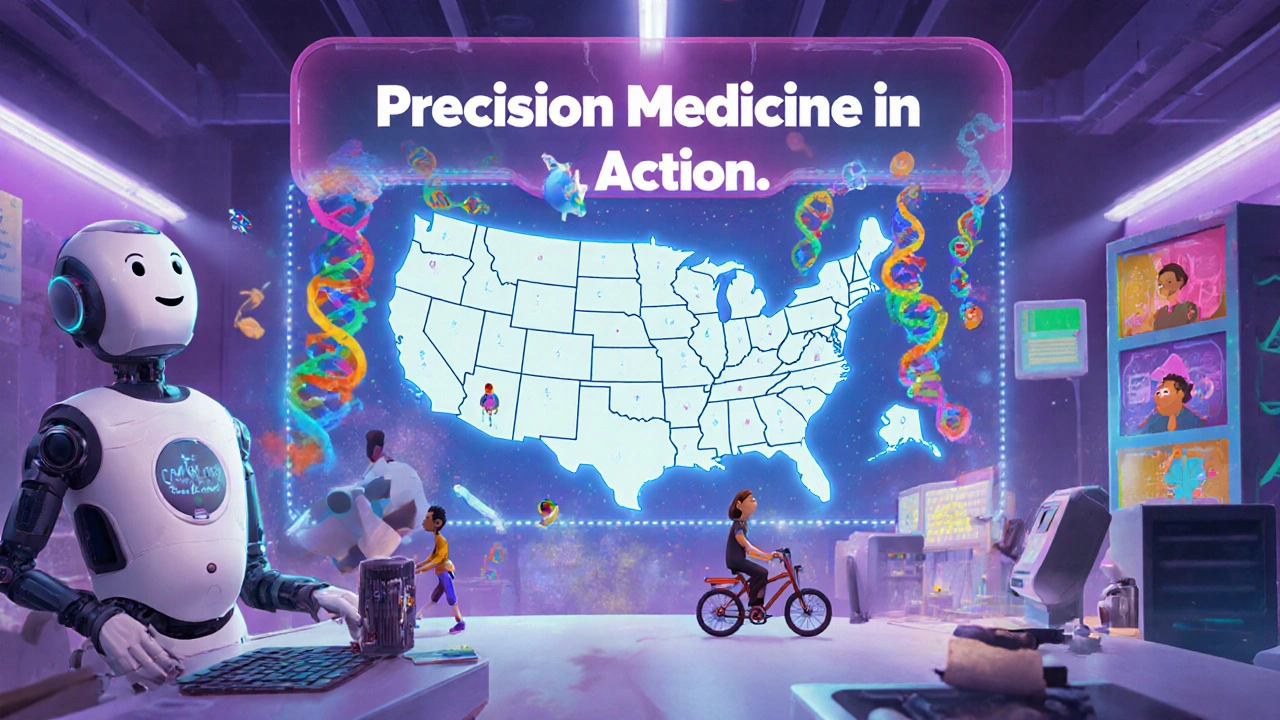
What’s Next? The Future of Cancer Trials
Trials are getting smarter - and more flexible. Nearly 70% of Phase III trials now use wearable devices to track symptoms, heart rate, and activity from home. That means fewer trips to the hospital.
Hybrid trials - mixing in-person visits with remote monitoring - are on track to be used by 45% of cancer centers by 2025. That’s huge for people who live far from major hospitals.
There’s also a push to include more diverse patients. Right now, only 8% of trial participants are Black - even though Black Americans make up 13% of cancer cases. New programs aim to fix that, by bringing trials to community clinics and offering transportation help.
And AI is starting to help design trials faster. Algorithms can predict which patients are most likely to respond to a drug, making trials smaller, smarter, and more efficient.
Despite all this, 92% of oncologists believe the phased system will stay the standard for at least the next decade. It’s not perfect - but it’s the best tool we have to find safe, effective treatments without putting people at unnecessary risk.
Frequently Asked Questions
Can I leave a clinical trial once I’ve joined?
Yes. You can leave a clinical trial at any time, for any reason - no questions asked. Your care won’t be affected, and you’ll still have access to standard treatments. Your safety and autonomy come first.
Will I get a placebo instead of real treatment?
In cancer trials, placebos are rarely used alone. You’ll almost always get at least the current standard treatment. A placebo might be added to see if the new drug makes a difference on top of that - but you won’t be left without care.
Are clinical trials only for people who have run out of options?
No. Many trials enroll patients early in their treatment journey - even right after diagnosis. Some test new drugs alongside standard therapy to see if combining them works better. You don’t have to wait until everything else fails.
How long does it take to get into a clinical trial?
From first inquiry to enrollment, it usually takes about two weeks. Screening tests, medical record reviews, and eligibility checks can take up to 14 days. Some trials move faster, especially if you’re already being treated at the center running the trial.
What if the trial doesn’t work for me?
Even if the treatment doesn’t help you, your participation still matters. Every trial - whether successful or not - adds data that helps researchers understand cancer better. That knowledge leads to better treatments for others. And you’ll still have access to other treatment options after the trial ends.
Final Thought: It’s Not Just About Hope - It’s About Progress
Clinical trials aren’t a last resort. They’re the engine of progress in cancer care. Every approved drug today - from immunotherapy to targeted pills - passed through these same phases. The system isn’t perfect. It’s slow. It’s complex. But it’s designed to keep you safe while finding what works.
If you’re considering a trial, talk to your doctor. Ask about options. Ask about support. Ask what’s possible. You’re not just a patient. You’re part of the next breakthrough.

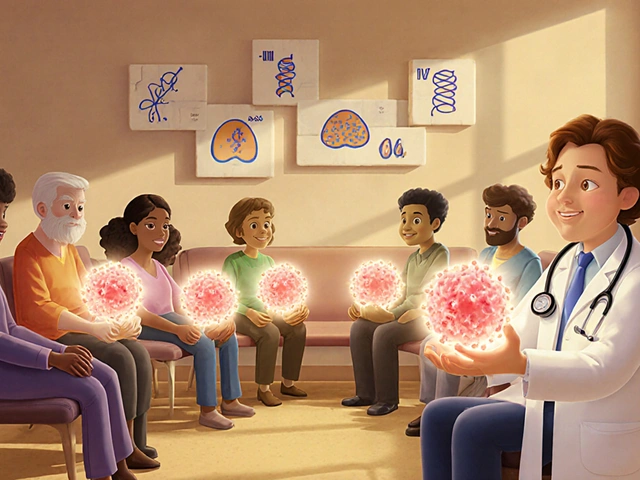


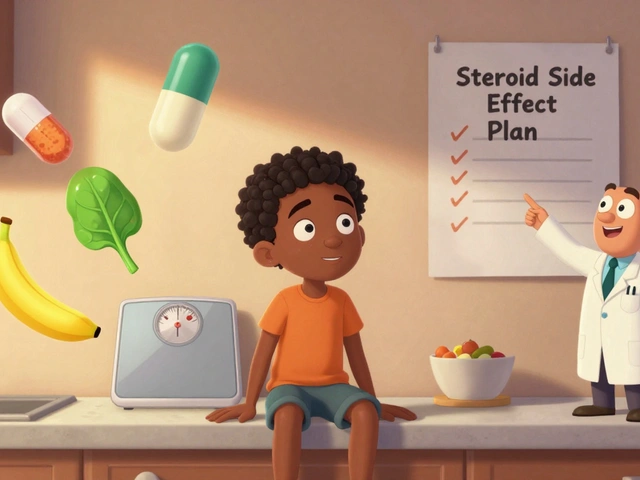

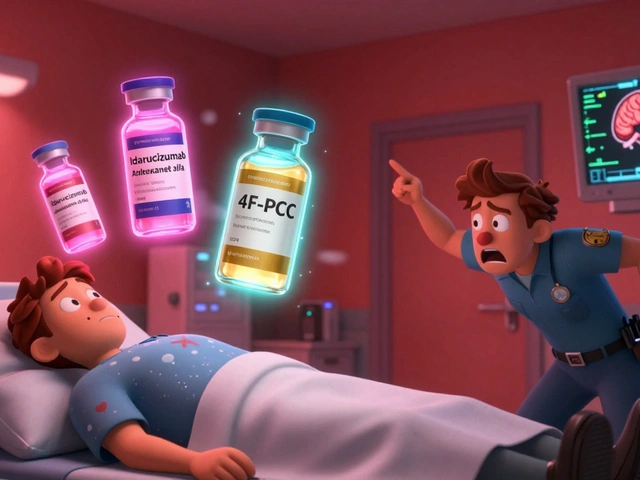
Man, I didn't realize how much care goes into these trials. My aunt did Phase II last year and said the nurses checked in on her more than my mom does. It's wild how much attention you get.
The phased approach is scientifically sound and ethically necessary. While complex, it ensures patient safety and data integrity. Many fail to appreciate the rigor behind each stage.
It’s funny how we fear the unknown in medicine but accept it in every other part of life. We drive cars that might explode, eat food with unknown additives, scroll through algorithms that manipulate us… but a Phase I trial? That’s ‘too risky.’
Maybe it’s not the trial that’s scary-it’s how little control we have over our own bodies in the first place.
Also, I cried reading about that melanoma patient. We’re all just trying to outlast the clock.
Travel is the real barrier. I know people who could’ve joined but live 5 hours from the nearest trial site. We need mobile units or telehealth check-ins. No one should be denied hope because of zip code.
OMG I JUST CRIED READING THIS. I HAVE A COUSIN WHO’S IN A PHASE III TRIAL AND SHE’S BEEN A SUPERHERO. SHE’S GOT THIS ENERGY LIKE SHE’S DOING THIS FOR THE WHOLE WORLD. I’M SO PROUD OF HER.
so i signed up for a trial last year and it was kinda wild like i got like 5 extra blood tests a month and a nurse called me every tuesday like clockwork. i thought i was gonna die but turns out i just got better care than ever before. also i got a free parking pass lol
They say it's for safety but let's be real. Big Pharma runs these. They want you to think it's science but it's just a way to test drugs on poor folks while they make billions. You think they care if you live? Nah. They care if the stock goes up.
Ugh. Another feel-good article about cancer trials. Like, sure, it's noble. But what about the people who can't afford to take time off work? Or the ones who get dropped from trials because their blood count was .1 off? This is just virtue signaling.
Why do we let foreigners run our trials? We got the best scientists here. Why not keep this all American? We don't need no ICH guidelines. We got FDA. We got America.
Phase I? More like Phase ‘I’m-a-guinea-pig’. And they call it ‘care’? Yeah right. Next they’ll say the NSA is ‘protecting your data’.
My cousin in Lagos just got diagnosed. She asked me if trials exist here. I had to tell her no. We don’t even have clean water. But we still have hope. We still fight. This post made me cry. Not because it’s perfect - but because it reminds us we’re not alone.
Reading this made me think - we treat cancer like an enemy to defeat, but maybe it’s more like a conversation we’re having with our own biology. Trials aren’t just about drugs… they’re about listening to what the body’s trying to tell us.
Also, I’m so glad we’re finally seeing more diversity in trials. Representation isn’t just fair - it’s scientific. 🙏
If you’re thinking about joining a trial, just talk to your care team. They’ll walk you through it. You’re not alone. And you’re stronger than you think 💛
Yeah I saw that comment about the parking pass - same here. Free parking, free meals during visits, even a little gift bag with socks and a journal. I didn’t expect any of that. It’s weird how the system gives you more than it takes.